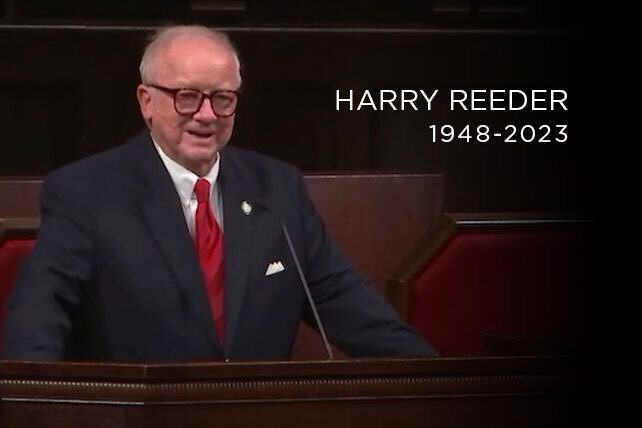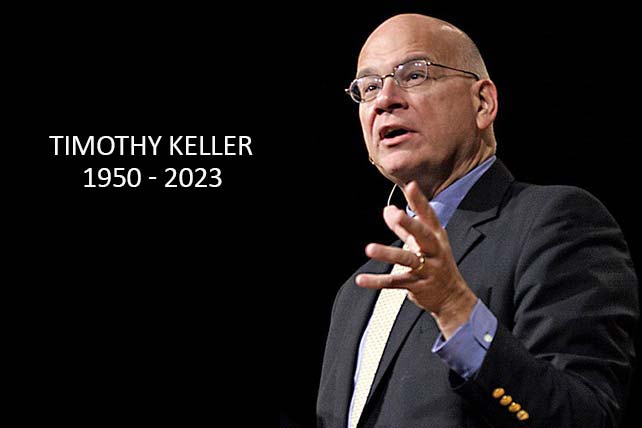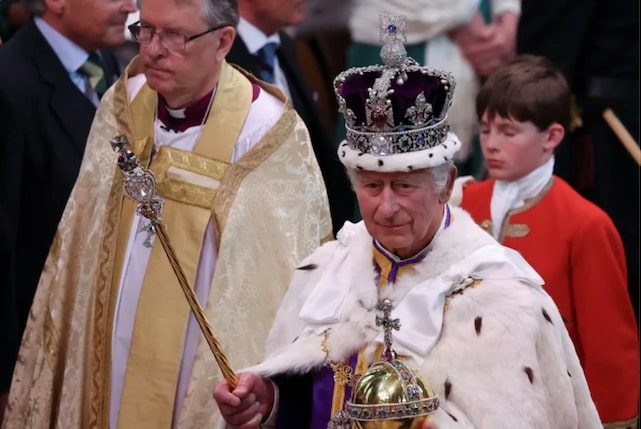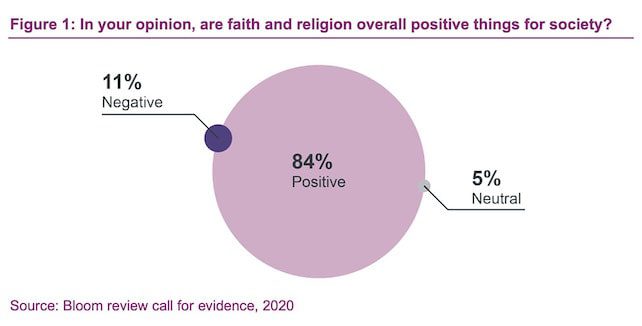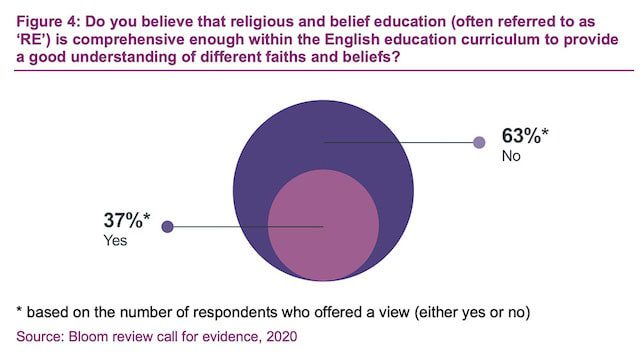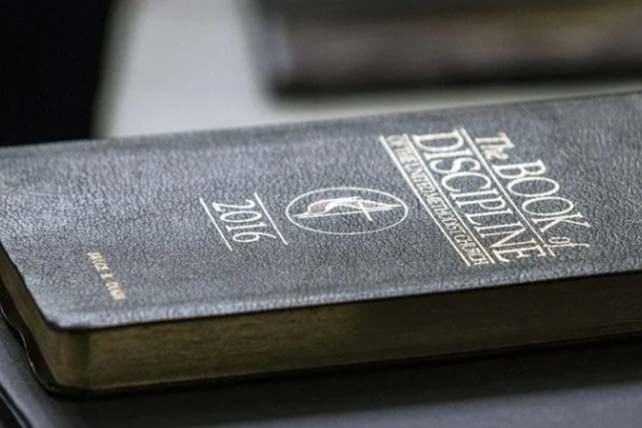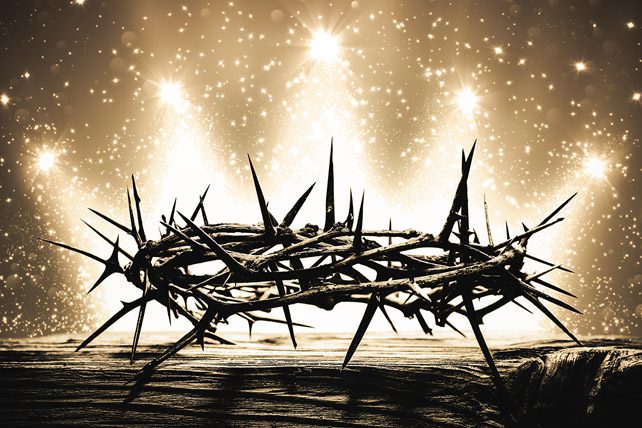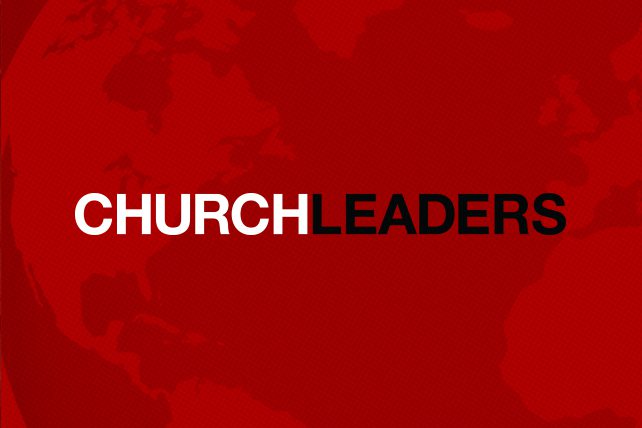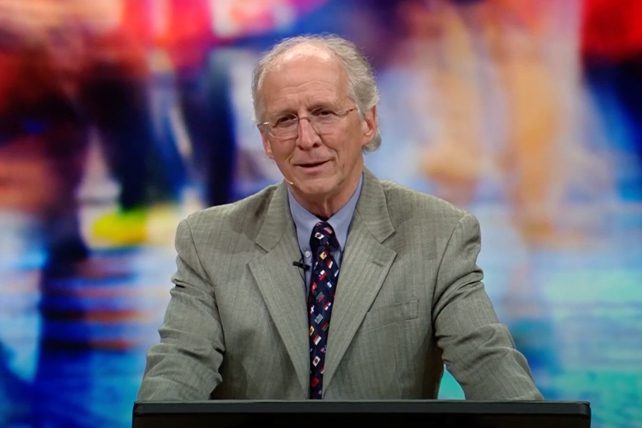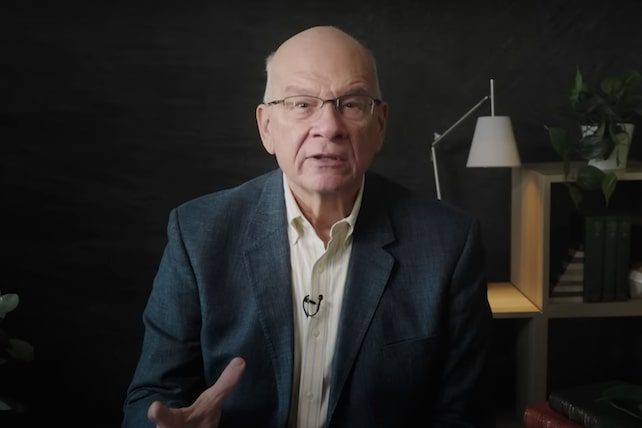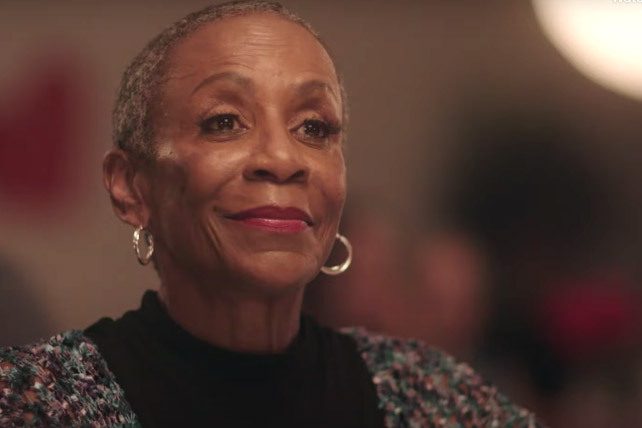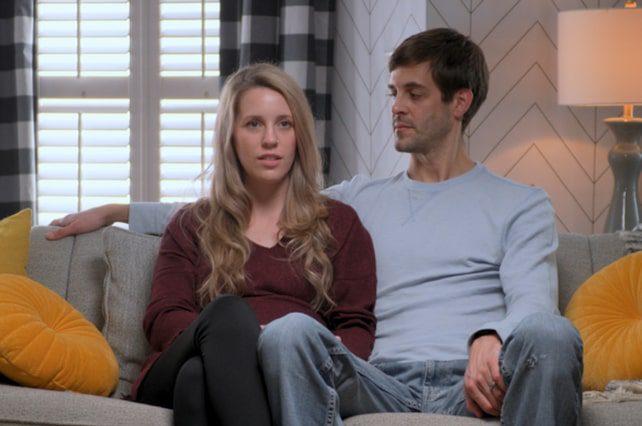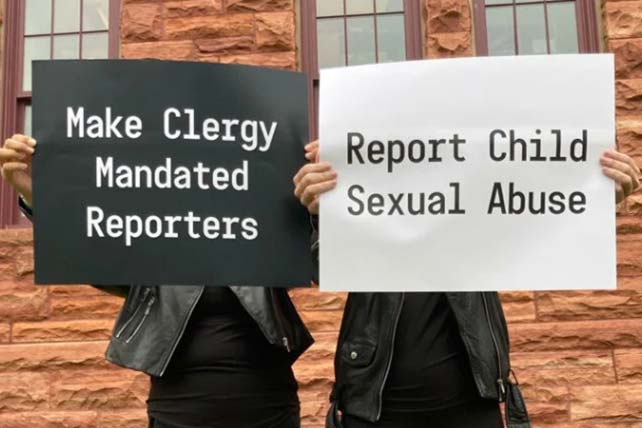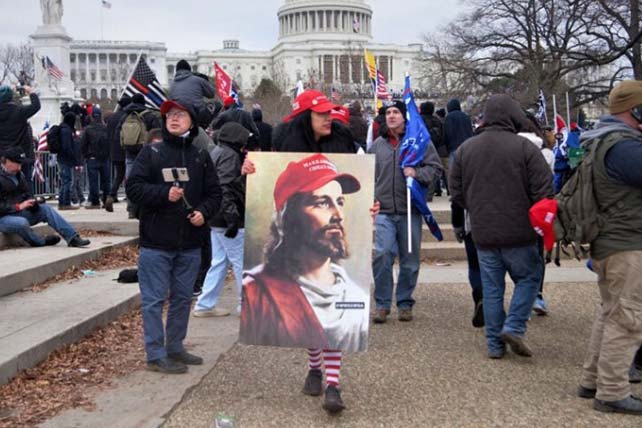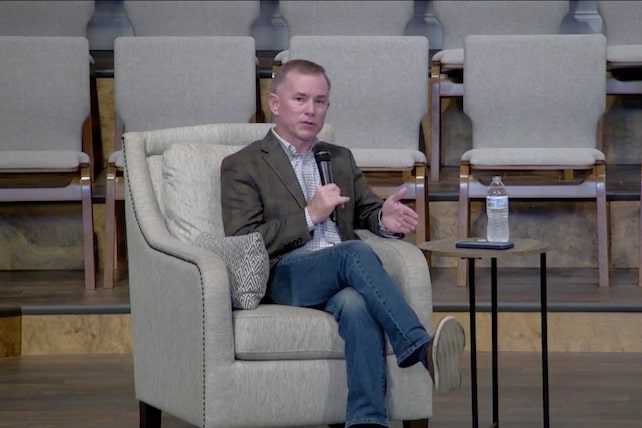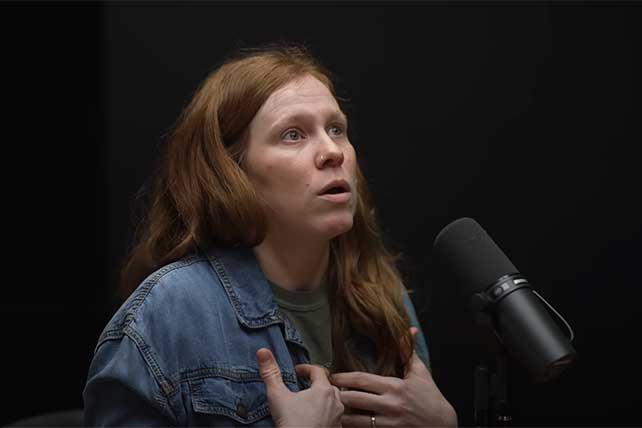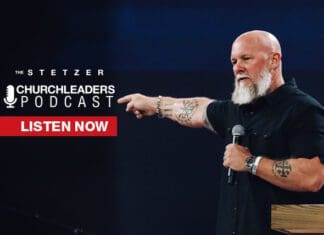Tributes are pouring in for the Rev. Harry L. Reeder III, who was killed in a car crash in Alabama on May 18. The longtime senior pastor of Briarwood Presbyterian Church in Birmingham was on his way home from speaking at a legislative prayer service in Montgomery.
Reeder had led Briarwood since 1999, after the retirement of the Rev. Frank Barker, a founder of the Presbyterian Church in America (PCA). Reeder, 75, also wrote several books and hosted the podcast “Today in Perspective.” He is survived by his wife, Cindy, three children, and nine grandchildren.
Church, State Leaders Mourn Pastor Harry Reeder
Authorities in Shelby County, Alabama, said Harry Reeder’s vehicle crashed into the back of a dump truck that had stopped to make a turn. Reeder died at the scene; the truck driver wasn’t injured.
In a statement shared with congregants, Briarwood Executive Pastor Bruce Stallings wrote that “our Lord has called Pastor Reeder home through a car accident.” He requested prayers for the family as well as for the church staff and church family “as we all grieve this tremendous loss together.”
Stallings added, “But we do not grieve without hope because we know our pastor is with His Savior and has been received by grace with ‘Well done My good and faithful servant.’”
Greg Davis, radio host and director of Alabama Citizens Action Program (ALCAP), expressed shock and devastation at the news. On Facebook, he explained that in January, Reeder “accepted my invitation to speak on May 18th to legislators at the ALCAP … prayer breakfast in Montgomery. He graciously accepted with nothing to gain for himself. He only came from a desire to impact legislators with the gospel and to be with [State] Senator Dan Roberts for Alabama.” Davis added, “Only God knew it would be [Reeder’s] last message as he never made it home…We hurt for his family and the church but Harry is now truly home.”
Sen. Roberts serves as an elder at Briarwood. After Reeder’s death, Roberts told Dr. Albert Mohler, president of Southern Baptist Theological Seminary, that Harry was “a leader who intentionally focused on the development of other leaders” and who “loved to see the church flourish.” Roberts added that his longtime friend was “the ultimate pastor-teacher whose love for the Church of the Lord Jesus Christ was obvious to all who spent time with him.”
On the floor of the Alabama State Senate Thursday afternoon, President Pro Tempore Greg Reed shared the news about Reeder’s death. Congressman Gary Palmer posted a tribute to Reeder, who was his pastor as well as “a dear friend, mentor, and a man who understood and exemplified Godly leadership.”
In a May 19 article, Mohler wrote that Reeder was “a titanic figure in his denomination, the Presbyterian Church in America, and his influence reached far beyond.” He concluded by writing, “All Christians should pause to thank God for the example of a godly pastor. God’s provision of such a pastor is no small thing, and we dare not fail to take note of his passing.”
The previous day, after the tragic news broke, Mohler tweeted that Reeder had been “a stalwart for the faith and a genuinely gracious man.” Ed Stetzer, Outreach Magazine editor-in-chief, also requested prayers for Reeder’s family and congregation.
Harry Reeder Helmed the ‘Mothership’ of the PCA
While attending seminary, Reeder served as pastor of an independent church in Tennessee. Next, he ministered at Pinelands Presbyterian Church in Miami, Florida. In 1983, Reeder was a founding pastor of Christ Covenant Presbyterian Church in Charlotte, North Carolina. That congregation first met to worship in a trailer but quickly multiplied.
Kevin DeYoung, current pastor of Christ Covenant, wrote in a May 19 Gospel Coalition tribute that Briarwood “may have been the only church that could’ve lured [Reeder] away from the congregation and the city he dearly loved.” Briarwood is “the mothership of the PCA, the place where the denomination began” in 1973, DeYoung noted, and filling the shoes of Frank Barker “was no small task.”

